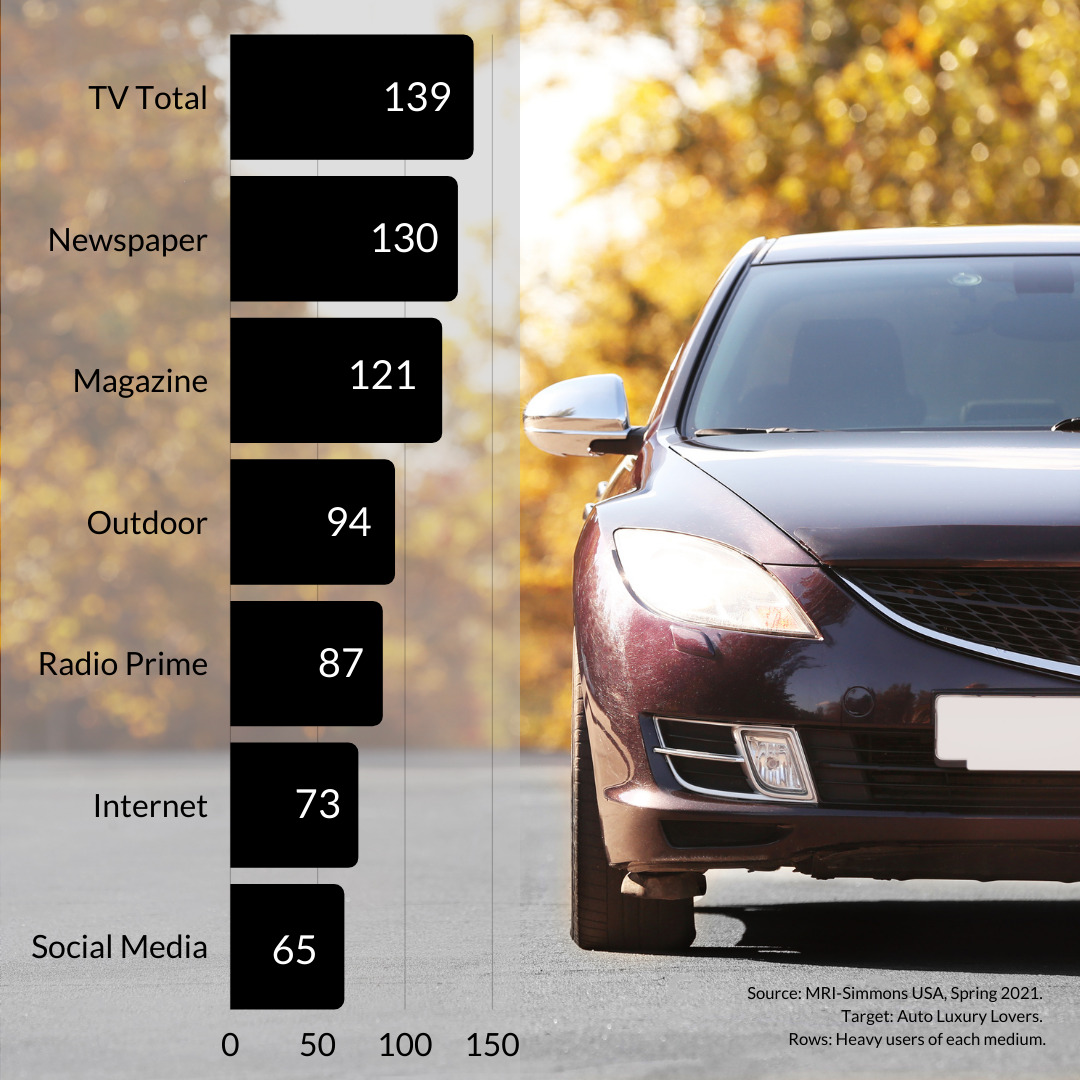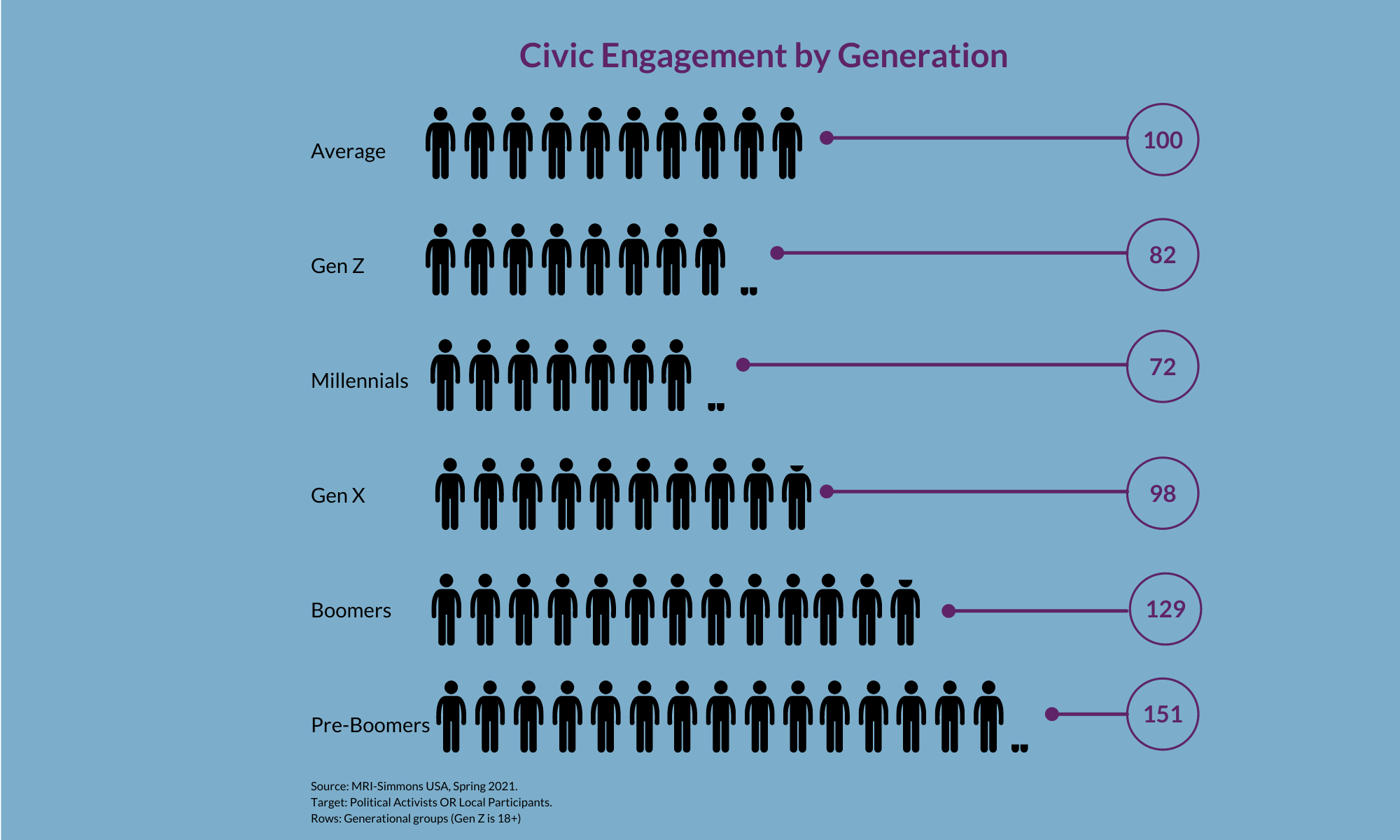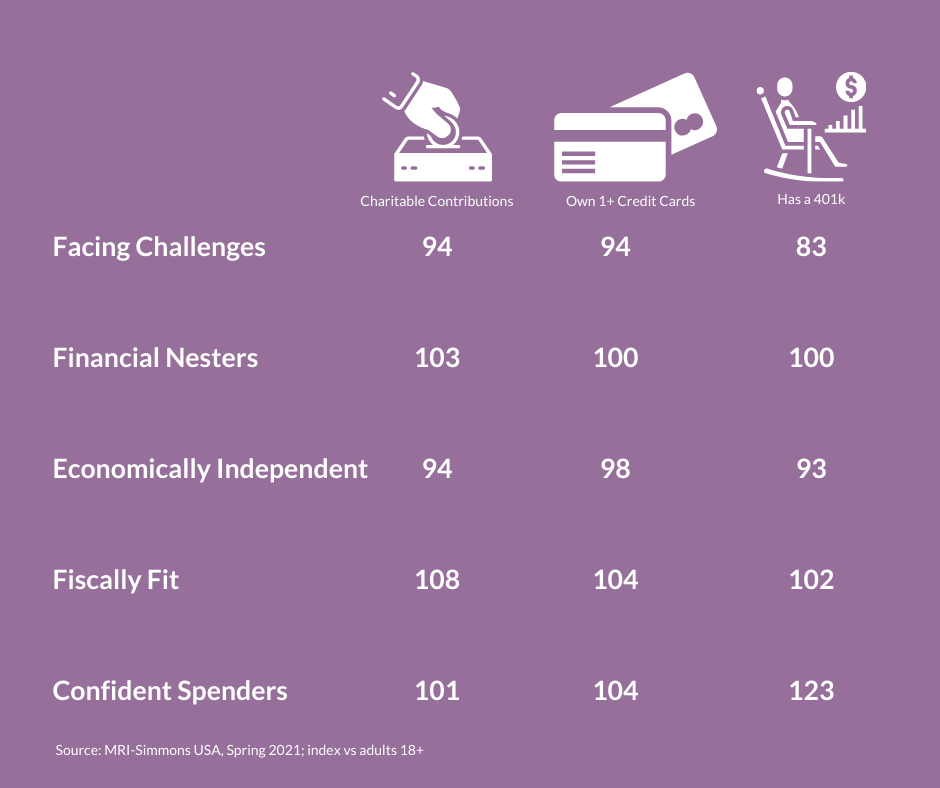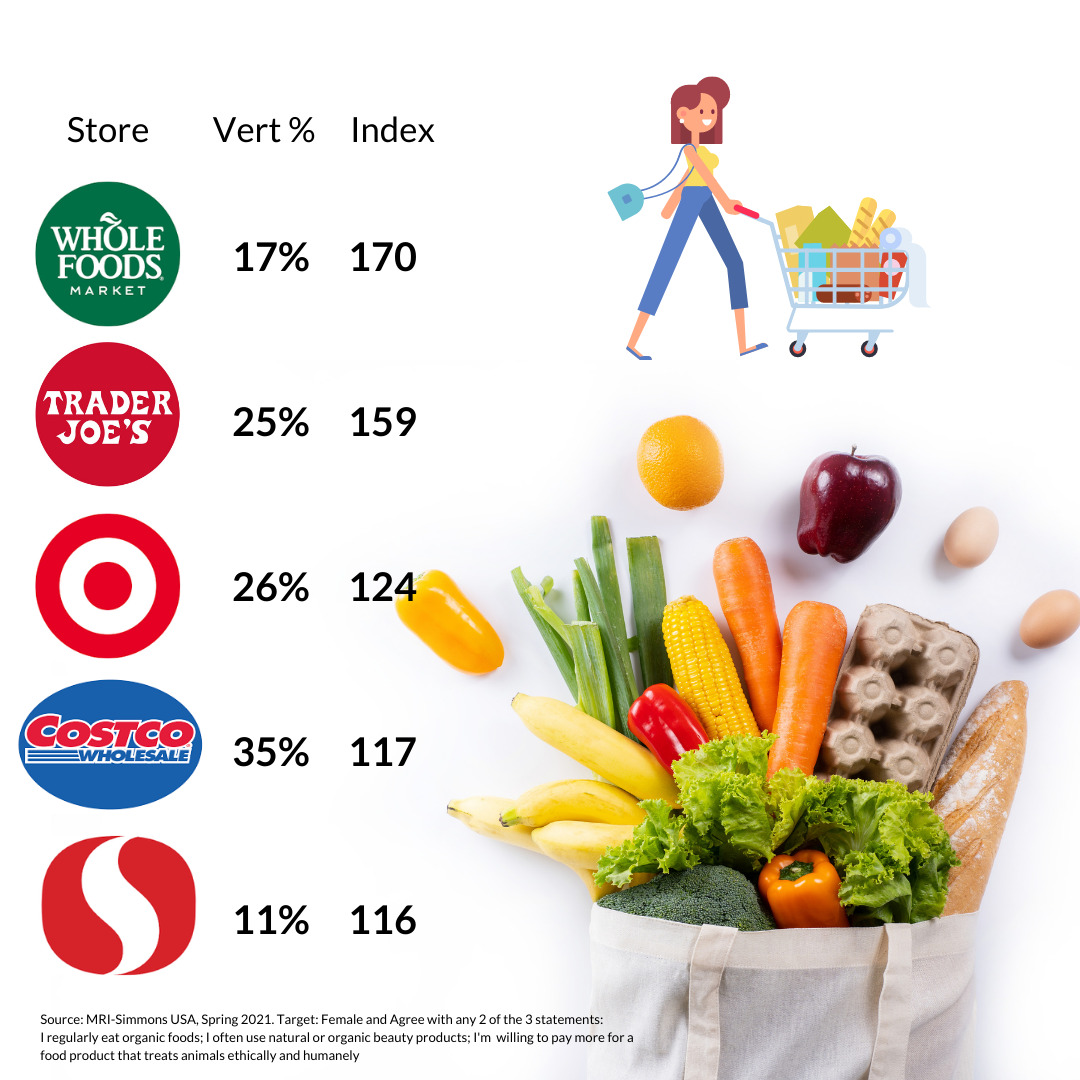Four ways to build and explore a persona using psychographics
Psychographics, lifestyle variables, and segmentations are all valuable ways of defining and decoding the American Consumer. As you may know, consumers with similar demographics often have quite dissimilar attitudes. Adults in the same age group and with similar incomes, for instance, can have very different risk tolerance when it comes to investing, seek different levels of emotional payback from shopping, or have different preferences for the kinds of foods they buy and prepare.
MRI-Simmons has long been known for high-quality data on consumer demographics and behavior, including media and product usage. But we also collect an extensive range of data that speak to the full range of attitudes and feelings about specific consumer categories and products, as well as lifestyle variables that help to pinpoint drivers of future choice. In today’s increasingly complex marketplace, these distinctive data points enable users to go beyond demographics to understand the “why” that underlies consumer behavior.
Using our new MRI-Simmons USA Study, we’d like to introduce a few examples of how these psychographic and lifestyle behaviors can be used to help profile, define, and hone in on your specific target.
Media Consumption Across a Segment
Marketers often want to know how best to reach their target consumer and to understand their media consumption preferences. The example below looks at the Auto Luxury Lovers segment.
In this case, we’re looking at heavy users of each of the media options by using the top volume groups for each type of media. The values shown are the indices in comparison to adults 18+. By looking at these values, we can start to build a media plan based on those media where we are more likely to find the Auto Luxury Lovers.

From the data, we can see that luxury auto makers would be best to reach out to these consumers via TV, newspapers, and magazines, where they are more likely to be (with an index of 100 being average) than the average adult. MRI-Simmons USA data shows that this segment is much less likely to be on social media or the internet than the average adult but are just slightly below average when it comes to outdoor advertising.
Civic and Political Engagement
This example looks at community and political participation across two combined segments to get at those Americans who are the most participatory in their local and national politics.
Here, we used the combination of the two most committed of the MRI-Simmons USA Civic Engagement segments, Political Activists and Local Participants, to get a measure of generational activism. Political Activists are deeply committed to and involved in the political process and index exceptionally high across a full range of political activities, while Local Participants show a high level of interaction with other people in their communities. As with the previous example, we’re looking at index versus adults 18+ (the top row), where 100 is the average, and numbers higher than that indicate higher civic engagement.

An analysis by generational cohort indicates that older generations are much more involved than their younger cohorts.
Use of Financial Products
This example looks at the MRI-Simmons USA Economic Outlook segments and how likely the individuals within these groups are to use various financial products, including making charitable contributions, owning one or more credit cards, and having a 401k retirement plan.
The Economic Outlook segments look at how consumers perceive their current personal financial status as well as how they feel about the fiscal future of themselves and the United States overall; the segments range from the most economically comfortable (Confident Spenders) to those who have low consumer confidence and spending propensities (Facing Challenges), along with three additional segments.

As one might expect, those who are on a more stable financial footing are more likely to be investing in 401k accounts for their retirement, with Confident Spenders 23% more likely to do so than the average adult.
Using Psychographics to Build a Target
This example is a little more complex and uses attitudinal statements from the MRI-Simmons USA Study about organic and natural products, along with the count coding feature, to develop a more nuanced target. We are looking for women who are interested in organic and natural products and trying to see where they are more likely to shop. By looking at women who agree with any two of these three statements, we can maximize the sample of the target while also focusing it more than OR-ing the three statements together:
- I regularly eat organic foods;
- I often use natural or organic beauty products;
- I'm willing to pay more for a food product that treats animals ethically and humanely.

From this analysis, we can see that these particular shoppers are more likely to shop at Whole Foods (index of 170, compared with adults 18+) and Trader Joes (index of 159 compared to adults 18+), but the biggest group of them (35%) shops at Costco.
These are just a few of the ways you can use the over 1800 psychographic statements and lifestyle variables within the MRI-Simmons USA Study to build your target or to analyze your audience, and keep an eye out for more posts featuring persona-building with MRI-Simmons data.
Want to learn more about psychographics and personas? Check us out at mrisimmons.com or email us for more information on the MRI-Simmons USA Study.



